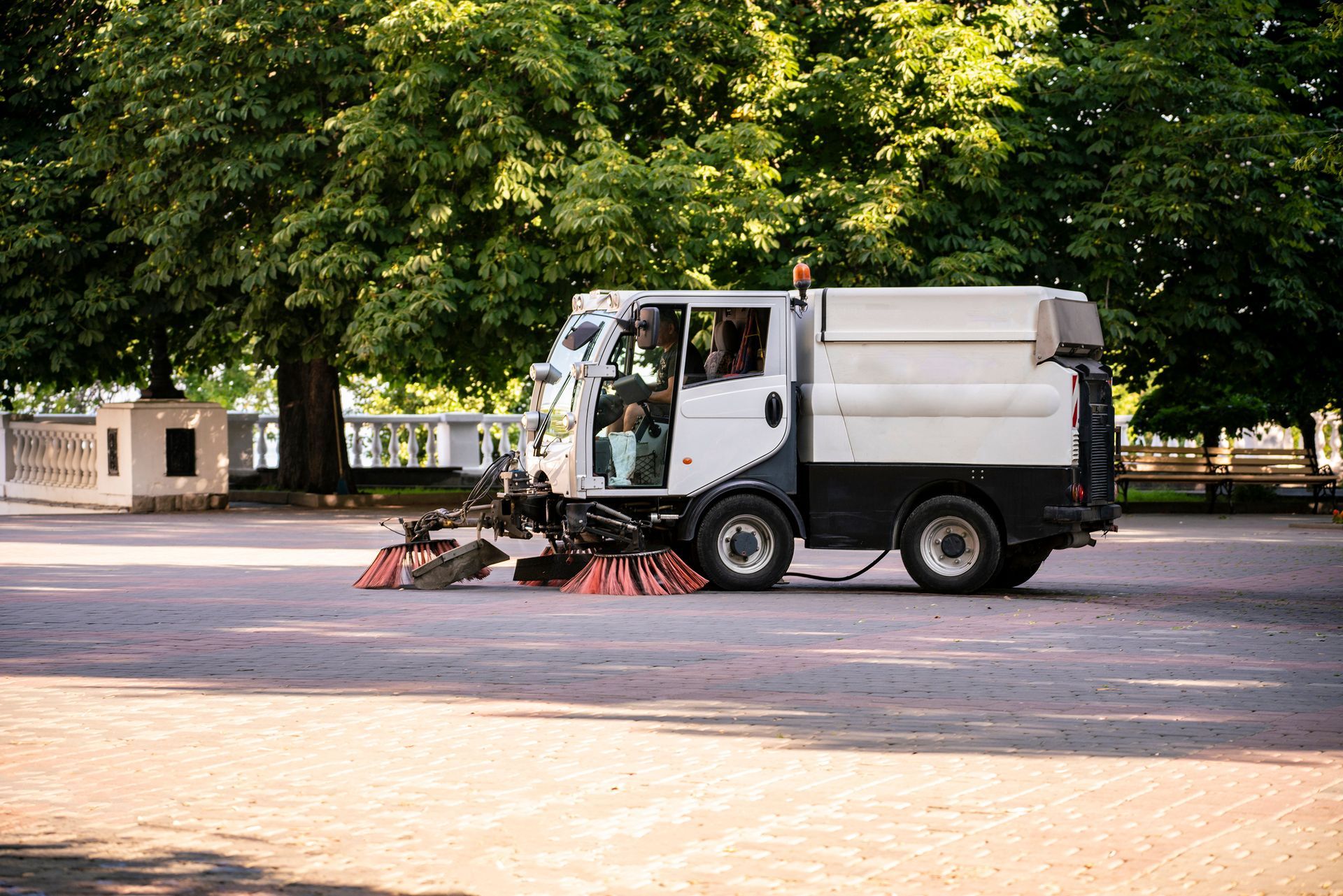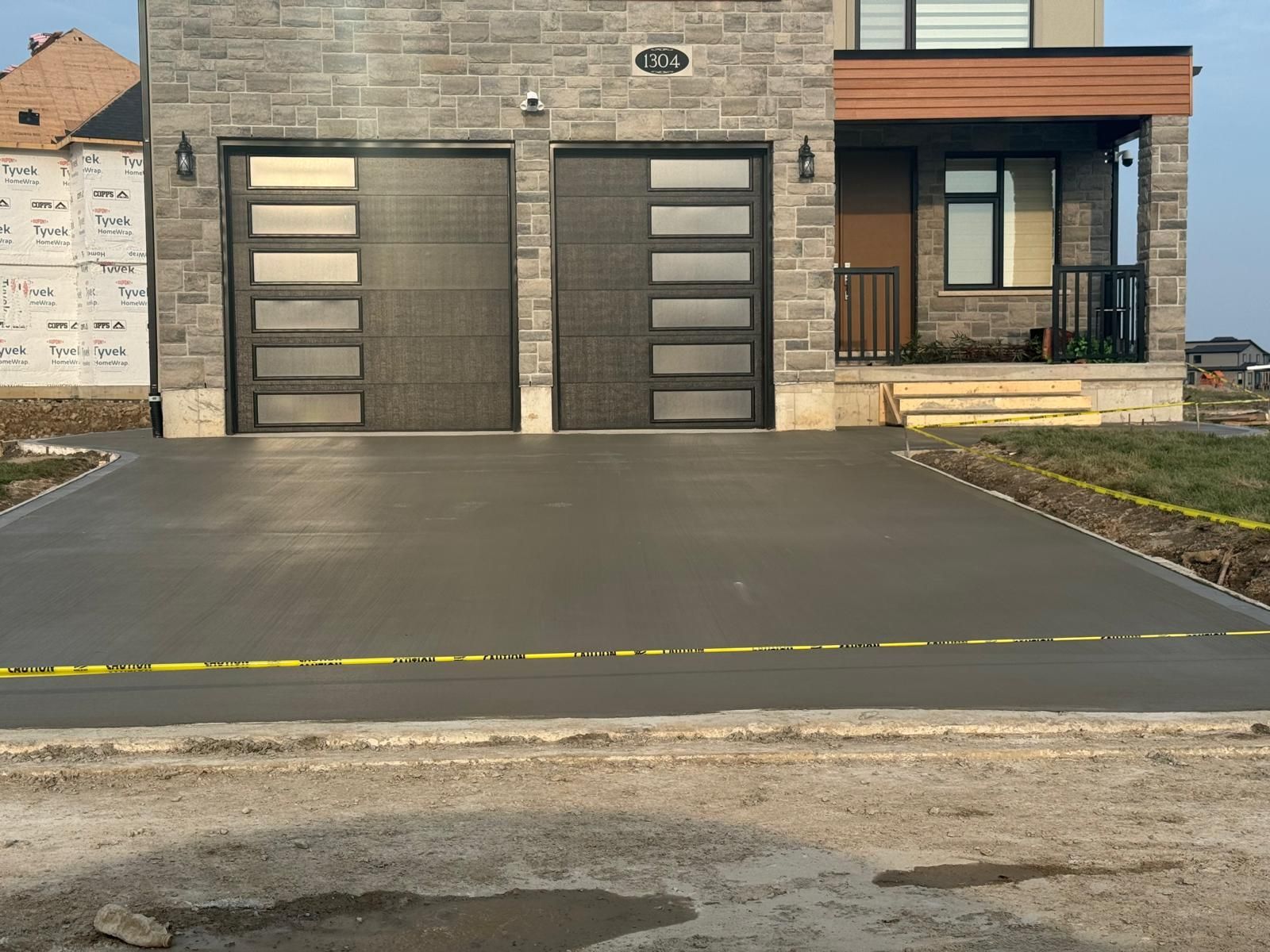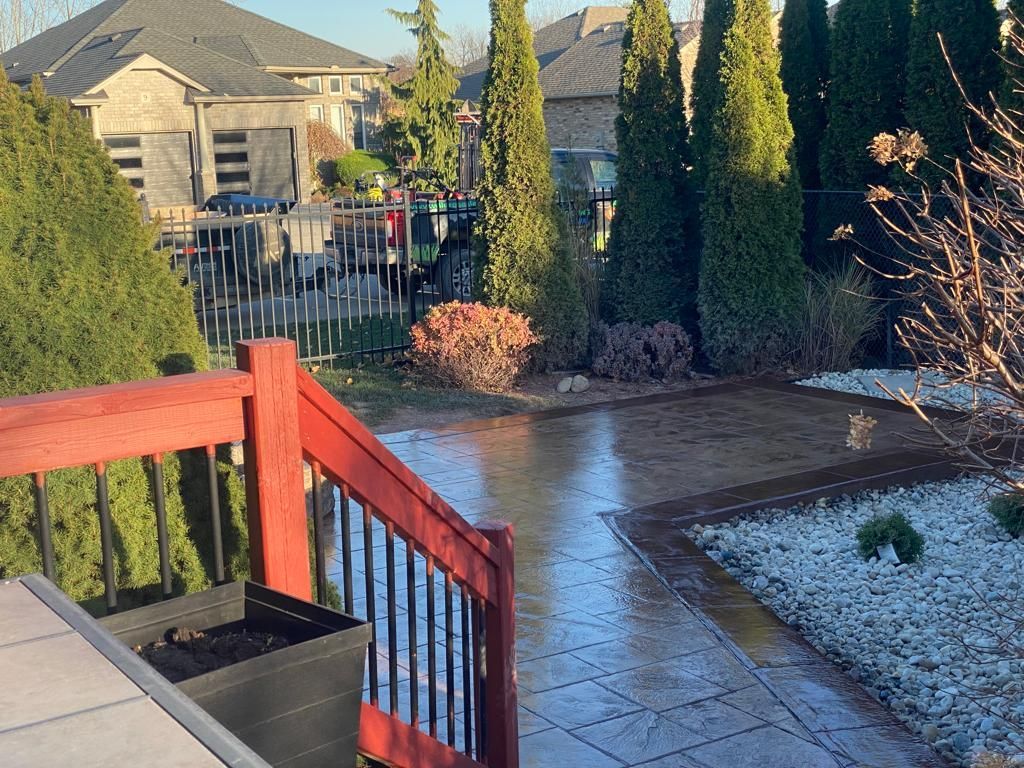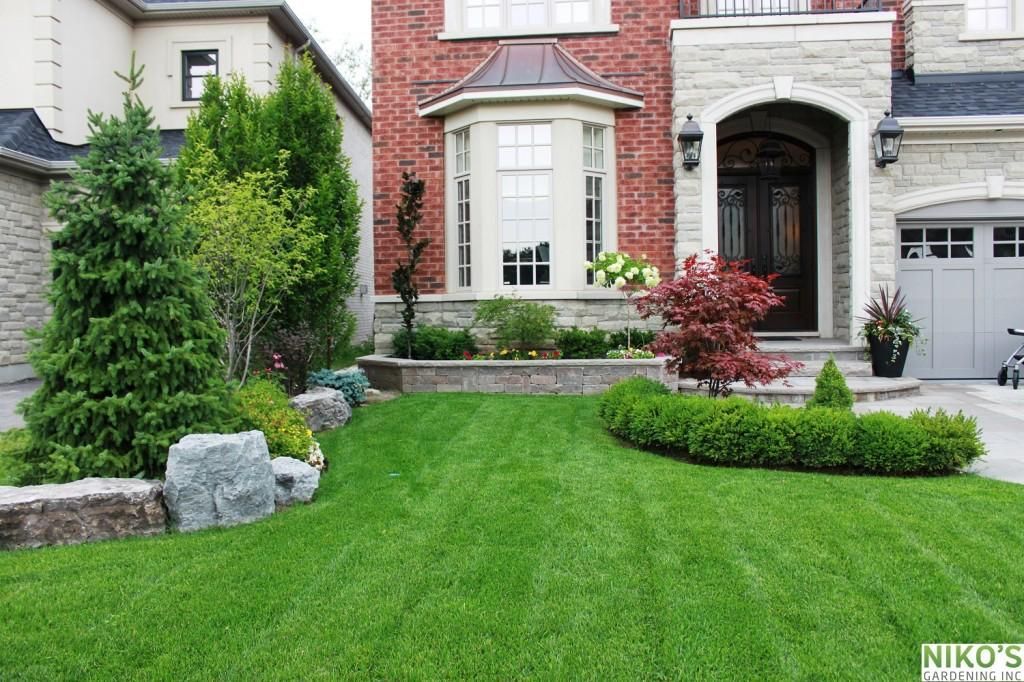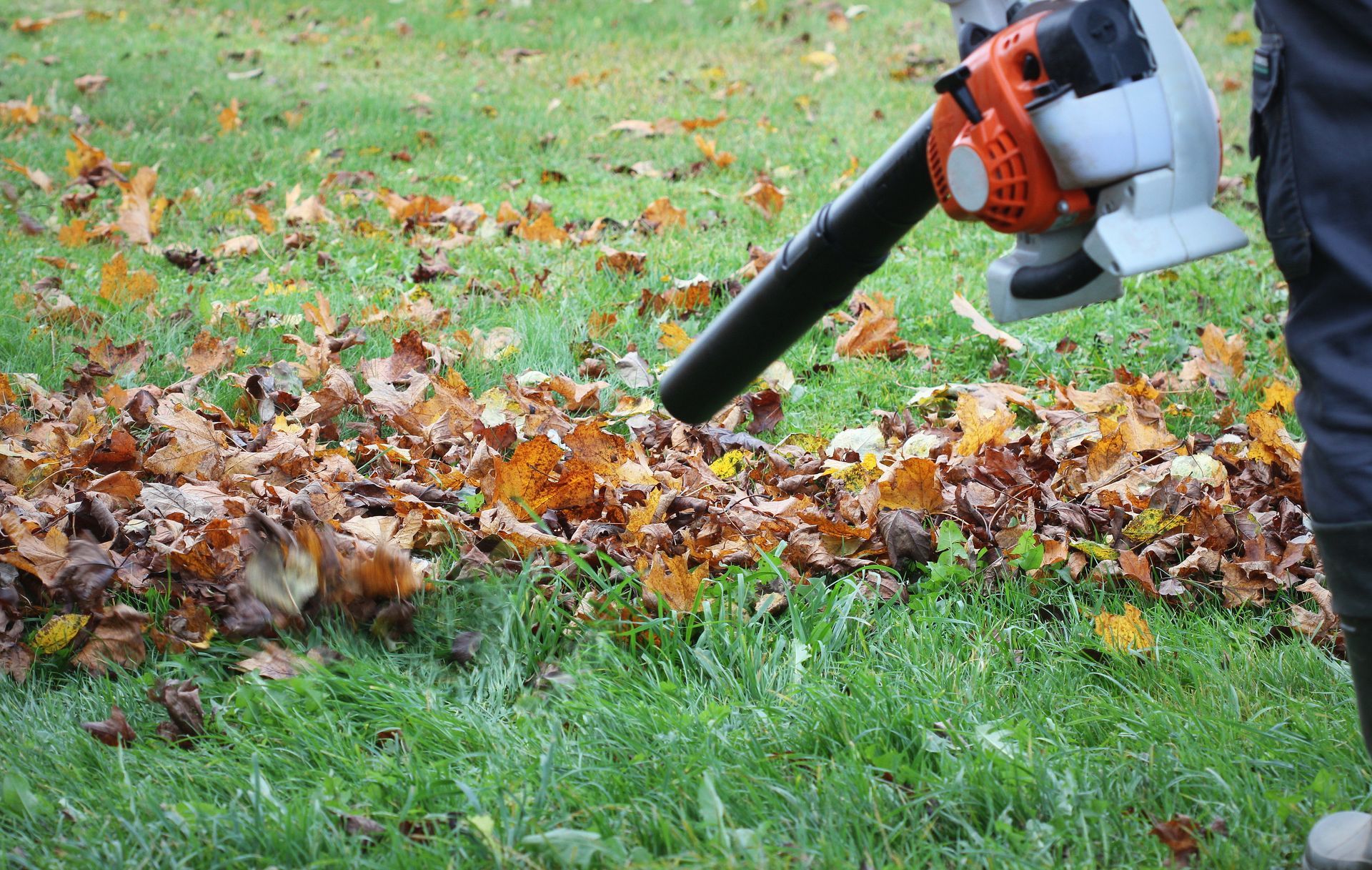Pro Tips for Designing Small Outdoor Spaces
As urban living continues to thrive in Ontario, many homeowners find themselves working with small outdoor spaces. However, limited square footage doesn't mean you have to compromise on style or functionality. With thoughtful design and strategic planning, you can transform your petite patio, balcony, or yard into a charming retreat. At Wildroses Landscaping, we specialize in turning small spaces into stunning extensions of your home. Here are our pro tips for designing small outdoor spaces to maximize their potential and create a beautiful, functional area you can enjoy year-round.
1. Define Your Purpose
Before diving into any design project, it's crucial to determine the primary purpose of your outdoor space. Will it serve as a cozy reading nook, an alfresco dining area, or a place for entertaining guests? Defining the function of your space will guide your design decisions and help you select the appropriate furniture and accessories. Consider how you envision using the space most often and plan your layout accordingly.
2. Embrace Vertical Design
In small outdoor areas, vertical design is your best friend. Use vertical elements to draw the eye upwards and create the illusion of more space. Install vertical planters or green walls to add lush greenery without taking up valuable floor space. Hanging baskets and trellises can also add height and interest. Additionally, consider using tall, slim furniture pieces, such as narrow shelving units or vertical storage options, to maximize storage and functionality.
3. Opt for Multi-Functional Furniture
When working with limited space, multi-functional furniture is a game-changer. Look for pieces that serve dual purposes, such as benches with built-in storage or tables that can be expanded for entertaining and collapsed when not in use. Stackable chairs and folding furniture are excellent options for versatility and saving space. By selecting furniture that adapts to your needs, you can maximize usability without cluttering your space.
4. Create Zones with Color and Texture
Creating distinct zones in a small outdoor area can enhance its functionality and visual appeal. Use color and texture to delineate different areas, such as dining, lounging, or gardening spots. Outdoor rugs, colorful cushions, and textured planters can help define these spaces subtly. Consistent color schemes and materials throughout your design will ensure harmony and cohesion while adding visual interest.
5. Focus on Lighting
Proper lighting can completely transform an outdoor space, making it usable day and night. String lights, solar-powered lanterns, and LED candles are excellent options for adding ambiance without requiring extensive installation. Consider placing lights at different levels, such as ground-level path lights, table lamps, and overhead fixtures, to create depth and dimension. Lighting can also enhance safety and highlight focal points within your design.
6. Use Mirrors to Create Depth
Mirrors are a clever design trick for creating the illusion of space in small areas. Strategically place mirrors on walls or fences to reflect light and greenery, making the area feel larger and more open. Framed mirrors can also serve as attractive decorative elements that complement your overall design aesthetic.
7. Incorporate Natural Elements
Nature-inspired design elements can add warmth and character to a small outdoor space. Incorporate natural materials, such as wood, stone, or bamboo, to create a connection to the outdoors. Live plants are essential, even if space is limited. Consider container gardening or using window boxes to add bursts of color and greenery. Native plants are a great choice for environmentally conscious homeowners, as they require less water and maintenance.
8. Keep It Simple
When it comes to designing small outdoor spaces, less is often more. Avoid overcrowding the area with too many elements, which can make it feel cramped and cluttered. Instead, focus on a few key pieces and design elements that reflect your personal style and serve the space's purpose. A well-edited design will create a clean and inviting environment that encourages relaxation and enjoyment.
9. Personalize Your Space
Finally, infuse your personality into the design to make the space uniquely yours. Add personal touches through artwork, decorative accents, or DIY projects. Outdoor cushions and textiles in your favorite colors or patterns can enhance comfort and style. Remember that your outdoor space is an extension of your home, and personalizing it will make it a place you love to spend time in.
Transform Your Small Outdoor Space with Wildroses Landscaping
Designing a small outdoor space presents unique challenges, but with creativity and thoughtful planning, you can create a functional and beautiful oasis. Embrace vertical design, choose multi-functional furniture, and use color to define areas, while incorporating light and natural elements to enhance ambiance.
At Wildroses Landscaping, we are passionate about helping homeowners in Ontario make the most of their outdoor spaces, no matter the size. Our expert team can guide you through the design process, ensuring your vision comes to life with precision and flair.
Ready to transform your small outdoor space into a stunning retreat? Contact Wildroses Landscaping today at (519) 808-4252 or email info@wildroseslandscaping.ca to schedule a consultation. Let's work together to create an outdoor area that enhances your lifestyle and adds value to your home.


